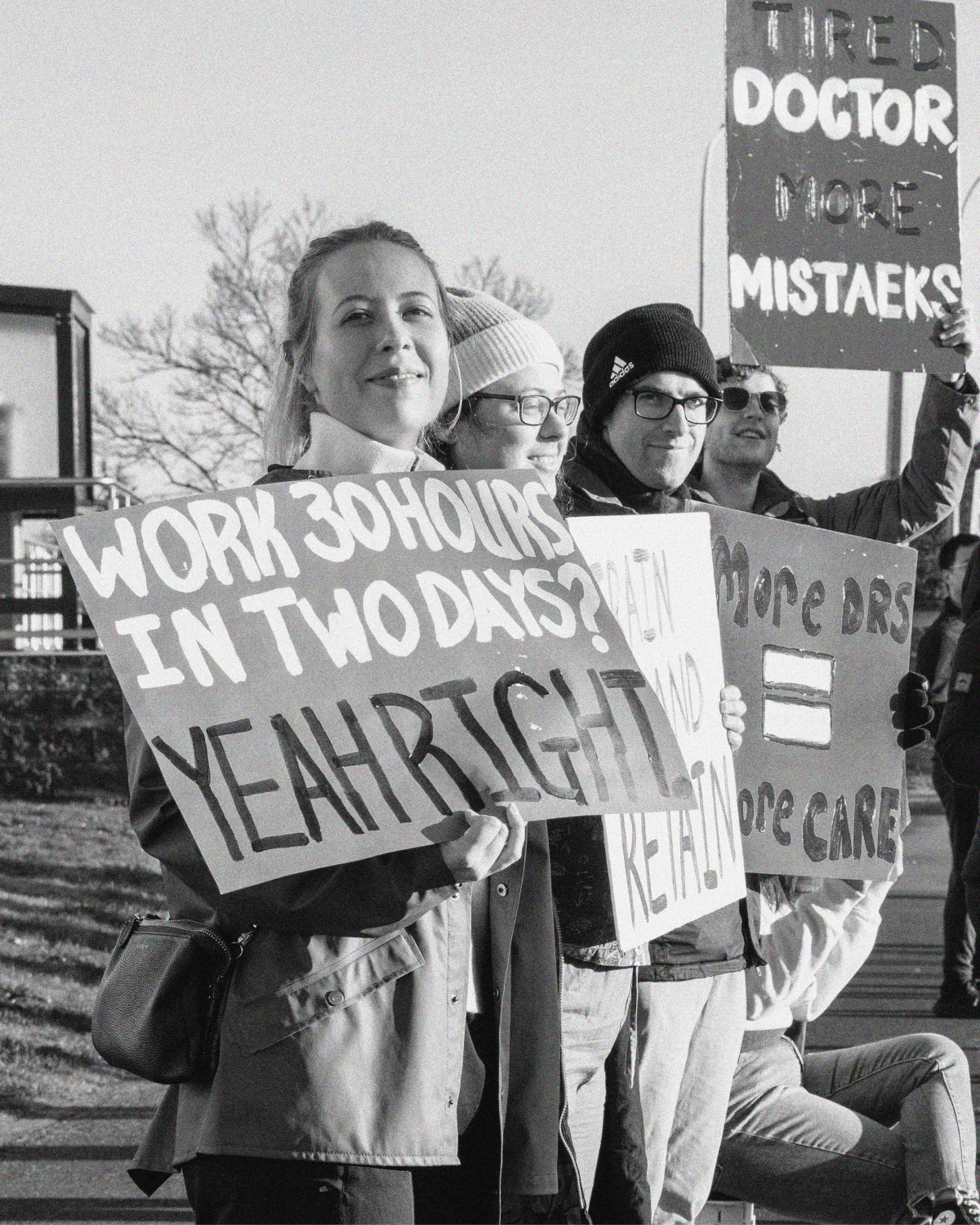Te Whatu Ora Collective Agreement

What Is It?
The Agreement covers all the important parts of your work life including hours of work, salaries and remuneration, costs of training, wellbeing, safety and leave.
You can read the Collective Agreement in full or download it below, or check out the Collective Agreement FAQs here to learn more about our Collective Agreement.
Guides to key parts of the CA
Run review documents
Cross cover documents
Questions?
Keep in mind that all collective agreements are minimum rate documents. This means the provisions serve as a ‘safety net’ ensuring that your employment terms cannot fall below these levels. Te Whatu Ora may provide additional provisions beyond the collective agreement on a case-by-case basis. After reviewing the information below (along with the full text of the relevant provision(s) in your collective agreement).
If you still have further questions, feel free to contact us, or reach out to your local delegate.
